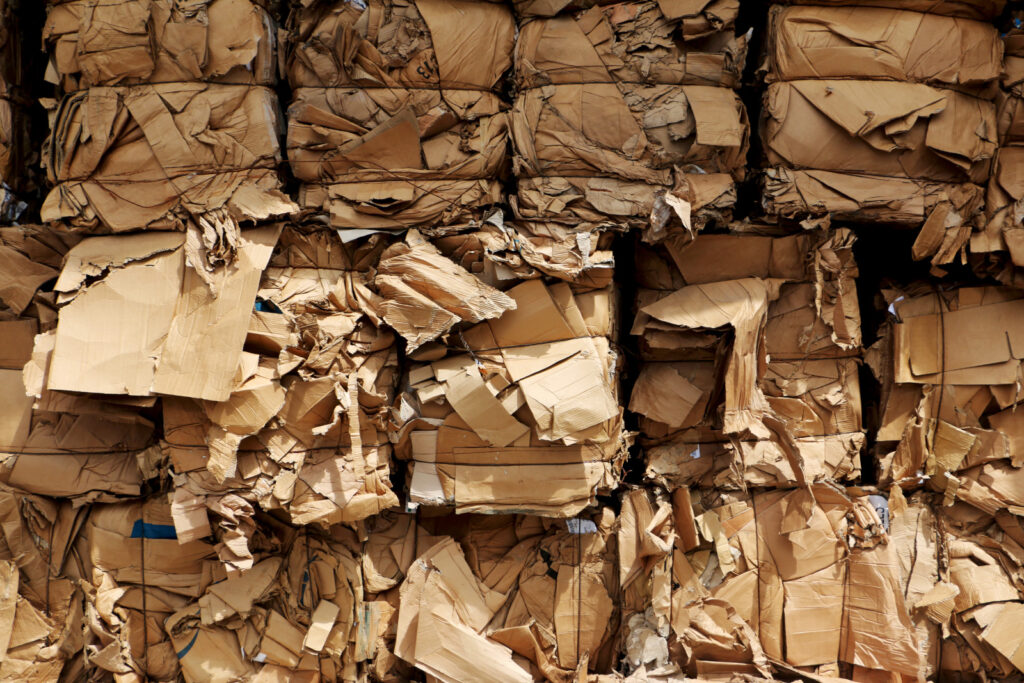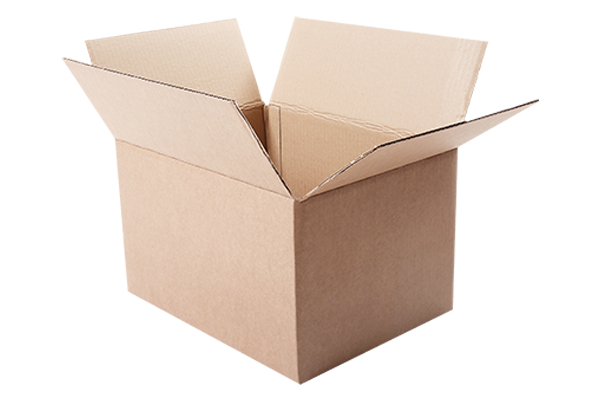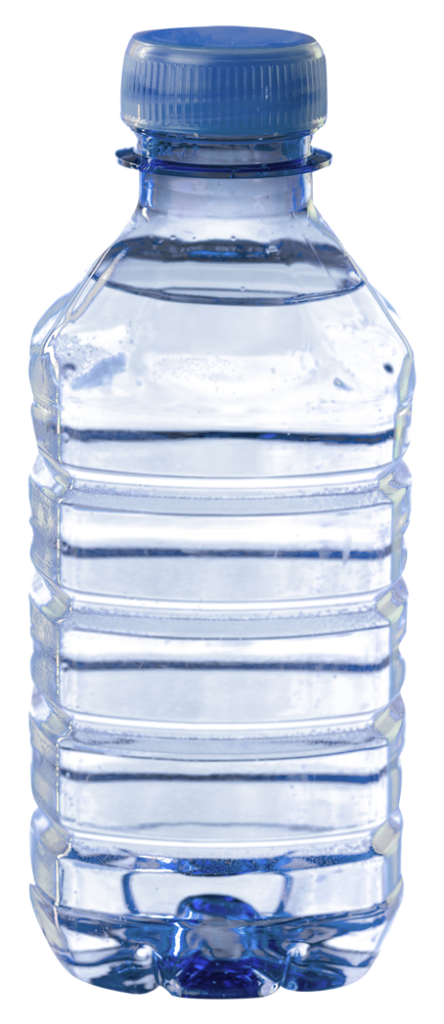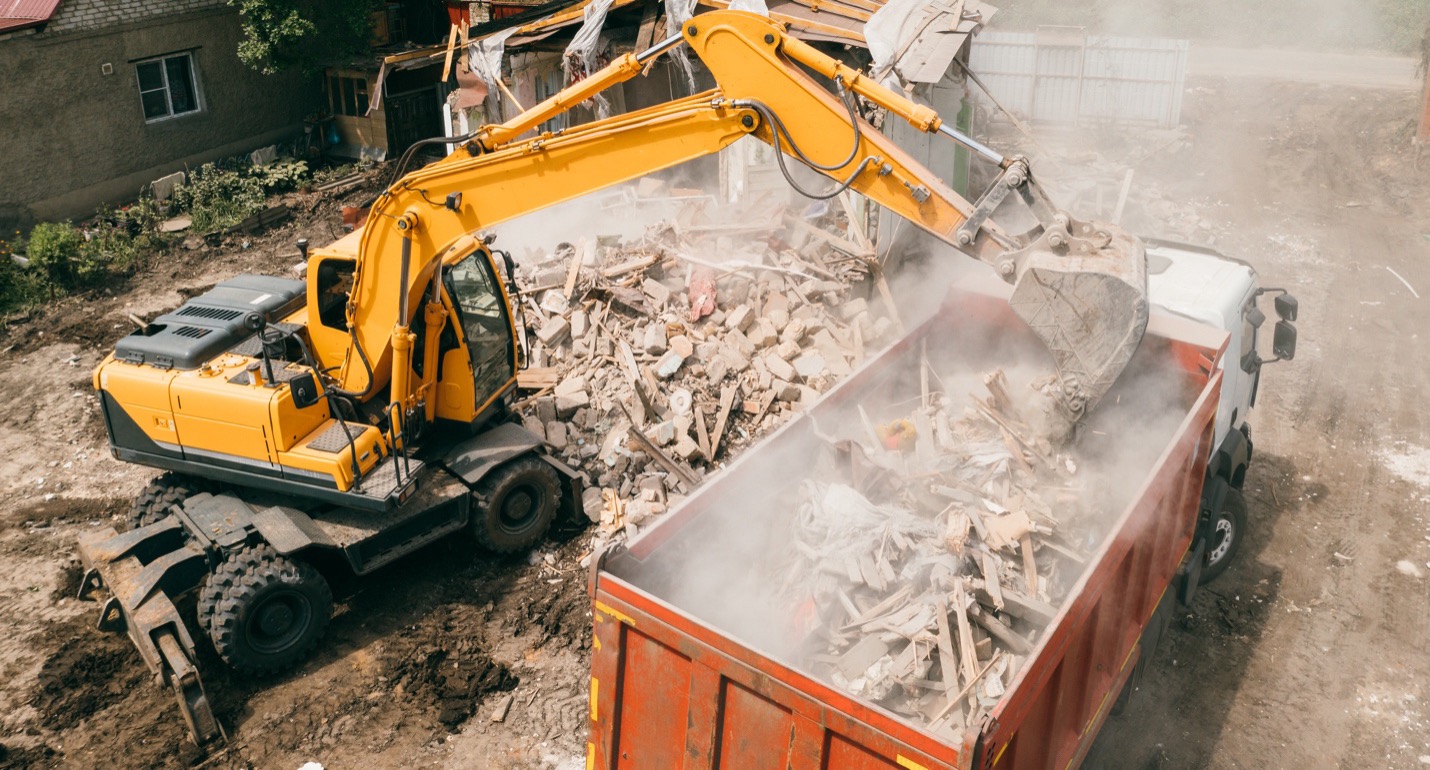Cardboard is a common material that is highly recyclable. Cardboard itself can be made from recycled material and it can be recycled many times into new cardboard. Moreover, cardboard is easy to recycle because you don’t have to segregate cardboard based on specific types. If the cardboard material doesn’t have contaminants such as oil or grease, it can easily be recycled.
Recycling Cardboard Brings Benefits
Commercial cardboard recycling is great for the environment. In fact, it takes 3 tons of wood to produce 1 ton of new cardboard. Thankfully, cardboard can be recycled into itself, which significantly reduces the amount of wood needed to produce new cardboard. Rather than using entirely new wood, the recycled material is simply old cardboard. A very small amount of new wood is needed to produce recycled cardboard—much less wood than would be used if cardboard recycling were not an option. This small amount of new wood in recycled cardboard is needed to compensate for the breakdown of fibers as a result of multiple recycling processes. Each time cardboard is recycled, the fibers shorten. Using a small amount of wood makes up for this fiber deficit.
In addition to this environmental benefit of using less wood to make cardboard, there is also a financial benefit for recycling cardboard. When you separate your cardboard from the rest of your waste, you save money on trash disposal costs. Moreover, depending on how much cardboard you recycle, you may be able to receive an extended rebate if it is baled. We will discuss this further later in this article.
Aside from the benefits mentioned above about fewer trips to pick-up your commercial paper waste, there is the benefit that the bales can be easily stacked and secured on a flatbed truck. Otherwise a tractor trailer would need to be used, which would cost more to load and unload. Though a tractor trailer can handle baled waste, a flatbed is preferred for stacked, baled waste.
Understanding the Different Types of Cardboard
The two main types of cardboard are paperboard and corrugated cardboard. Corrugated cardboard is what you probably think of when it comes to cardboard. Often brown in color, this type of cardboard consists of multiple flat and corrugated layers. Corrugated cardboard is stronger and thicker than paperboard.
Paperboard is usually gray in color and looks more like paper than corrugated cardboard. Often used for products such as cereal boxes, paperboard is thinner than corrugated cardboard, but thicker than writing paper. When the fibers in corrugated cardboard have been recycled so much that they are no longer strong enough for corrugated cardboard, they are then used to make paperboard.
The Importance of Cardboard Collection and Baling
Similar to other recyclable materials, cardboard is collected in recycling containers at businesses. If your business has a large amount of cardboard waste, it can present a problem with the amount of space it takes up on your property. For many businesses in this situation a baler is strongly considered. Baling reduces the amount of space cardboard waste takes up at your facility. Moreover, balers don’t just save you space, they also save your business money. The reason for this is that transportation costs can be a significant component of overall recycling cost. When a baler is used, the cardboard is more densely packed, which results in larger rebates for your business.

An Overview of the Cardboard Recycling Process
During the cardboard recycling process the material is baled and transported to a paper mill. At the mill, it’s mixed with water and filtered to remove contaminants such as metal fragments. After filtration, the fibers are pressed into sheets and dried. Once dry, the sheets of cardboard are rolled, and the recycling process is complete.
Recycling cardboard is good for the environment and beneficial for your company’s finances. Since paperboard and corrugated cardboard are mostly made from recycled material, the number of trees that must be cut down to manufacture new cardboard is substantially reduced. Moreover, separating cardboard from other types of waste at your business will reduce your waste disposal costs.








